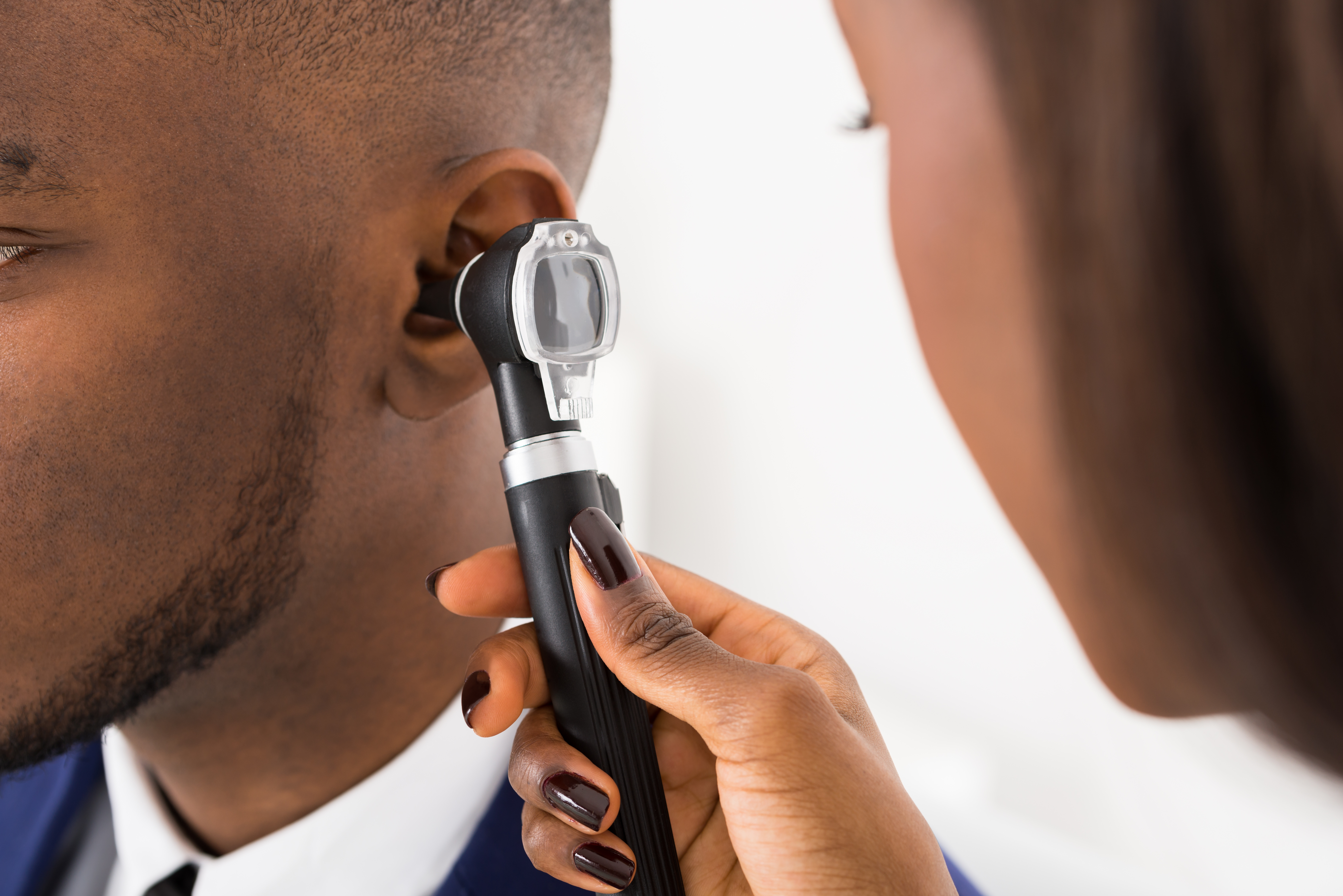


But some of the most common and debilitating sensory disorder phenotypes reflect just the opposite problem not what cannot be perceived, but what cannot stop being perceived. Sensory disorder research typically focuses on the mechanisms underlying inherited or acquired forms of sensory loss. This suggests that while cortical gain changes are triggered by reduced bottom-up afferent input, their subsequent stabilization is also shaped by their local circuit milieu, where indicators of reduced inhibition can presage pathological hyperactivity following sensorineural hearing loss. PyrNs with initially high spontaneous activity and gradual monotonic intensity growth functions were more likely to exhibit non-homeostatic excess gain after acoustic trauma. Excess cortical response gain after acoustic trauma was expressed heterogeneously among individual PyrNs, yet 40% of this variability could be accounted for by each cell’s baseline response properties prior to acoustic trauma. Deafferented PyrN ensembles also displayed hypersensitive decoding of spared mid-frequency tones that mirrored behavioral hypersensitivity, suggesting that non-homeostatic regulation of cortical sound intensity coding following sensorineural loss may be an underlying source of auditory hypersensitivity. Chronic two-photon calcium imaging from ACtx pyramidal neurons (PyrNs) revealed an initial stage of spatially diffuse hyperactivity, hyper-correlation, and auditory hyperresponsivity that consolidated around deafferented map regions three or more days after acoustic trauma. Here, we show that mice with noise-induced damage of the high-frequency cochlear base were behaviorally hypersensitive to spared mid-frequency tones and to direct optogenetic stimulation of auditory thalamocortical neurons. However, sudden peripheral deafferentation in adulthood can trigger an excessive, non-homeostatic cortical compensatory response that may underlie perceptual disorders including sensory hypersensitivity, phantom limb pain, and tinnitus. For details on screening and tests in children, visit CDC Screening | Hearing Loss in Children.Neurons in sensory cortex exhibit a remarkable capacity to maintain stable firing rates despite large fluctuations in afferent activity levels.
#Auditory sensitivity medical full
Children who do not pass the hearing screening need to get a full hearing test as soon as possible. Children Should Have Their Hearing TestedĬhildren should have their hearing tested before they enter school or any time there is a concern about the child’s hearing. The audiologist may have you repeat lists of words or complete other special tests.

This helps identify the softest sounds you can hear. The audiologist (hearing specialist) may have you listen to different sounds through headphones. Those around us can be the first to notice our hearing problems. Have family or friends that say you have trouble hearing and understanding them.Have a history of exposure to loud noise,.Your doctor may refer you to a hearing specialist (audiologist) or other healthcare provider who is qualified to test hearing if you A basic hearing evaluation usually includes a quick look in the ear with an special light for looking into the ear canal (otoscope) and other checks to assess the sounds you can hear. Have your hearing examined by your doctor during your regular checkup. Prevention and Early Detection of Hearing Loss are Importantĭon’t wait until you show signs of hearing loss.


 0 kommentar(er)
0 kommentar(er)
